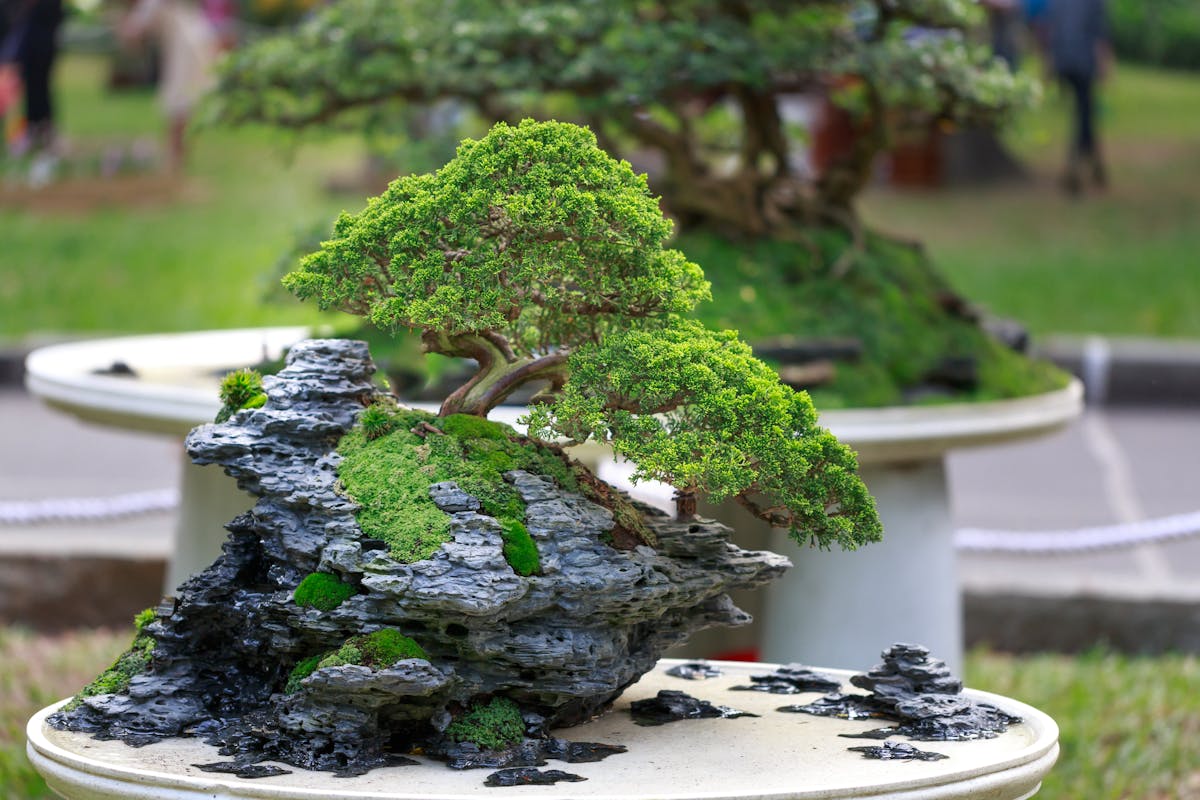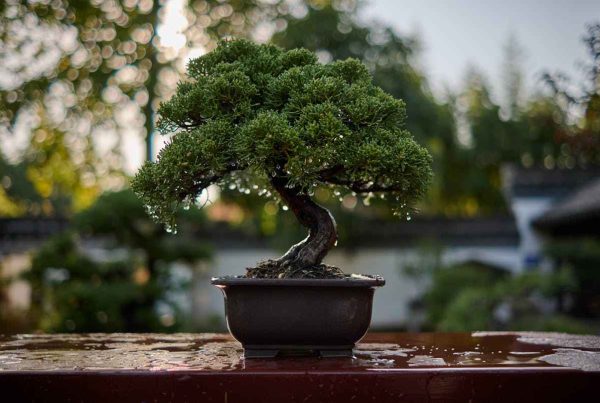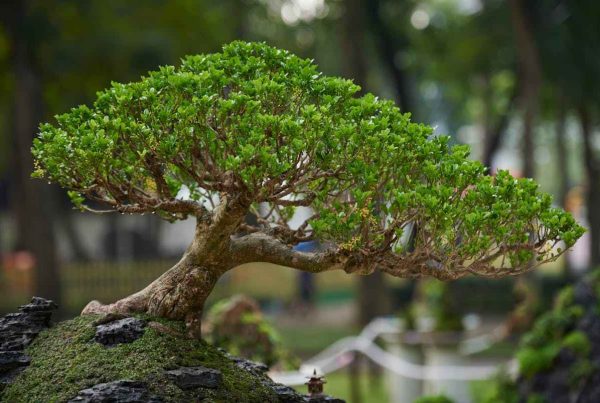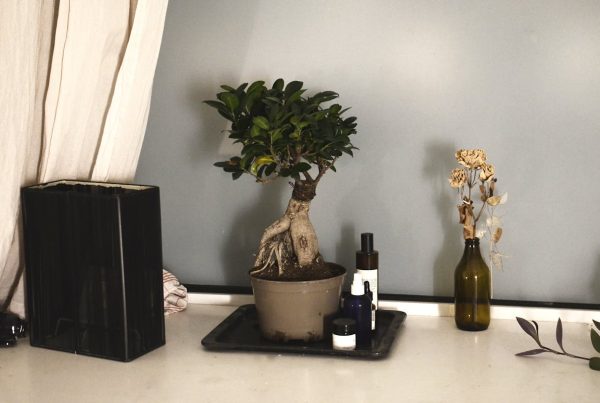Juniper Bonsai Tree Care Guide (Juniperus)
The mountain genus has about 50 to 70 different species. They belong to the cypress family. Popular for bonsai are evergreen trees or shrubs. Cabbage can have two types of leaves: needle-shaped and leaf-like in size.
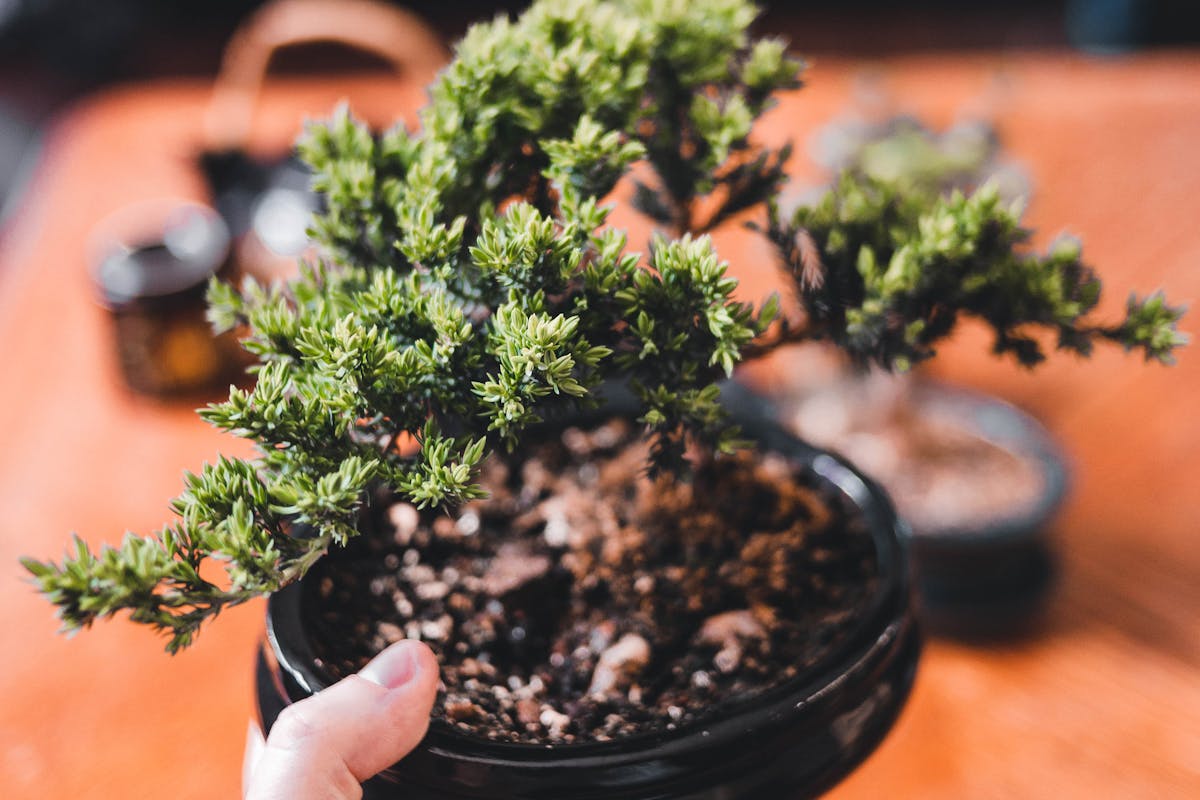
Juniper Bonsai Tree Care
Juniper Berry Bonsai Care Instructions
Placement
Place the tree outside in a sunny spot all year round. Juniper cannot be inside. Protect the tree in winter when it gets below minus 10 degrees Celsius. Some species turn their leaves brown to shield them from the cold. Don’t worry; they will bloom again in summer.
Watering
Be careful not to water too much, as juniper roots do not like soil moisture. The soil should be slightly dry before watering. Prune trees often, especially after replanting. They benefit from the air. Read on to learn more about watering bonsai trees.
Fertilizer
Use regular fertilizer granules every month. Or, use weekly plant food during the growing season. If you want strong growth, you can use high-nitrogen content. To improve the foliage, cut long branches that stick out during the growing season. Use sharp shears. Do not prune trees such as hedges. Removing all growing points will weaken the tree. Pruning will change the needles. If the leaves are too large, use a sharp knife to prune them. Juniper bonsai is generally a hardy tree that takes pruning well. But, it cannot grow from bare trees, so be sure to leave leaves on branches that you want to keep alive. Read more about pruning bonsai trees.
Bonsai tubers often have more than one trunk when they are very young. The structure varies a lot. It matches the mountains of Japan, where they grow. Peas suffer damage, so encase branches in raffia or tape for protection. Be careful when bending the dead parts, as these can break easily. If they are large and old, you can cut away the dead wood to easily replace the living parts. After thinning the leaves, turn them upside down. Place them so that light and air can enter. If not, the inner parts will die. Many leaves will attract insects. We’ve chosen unobstructed buildings, eliminating those overgrown with weeds.
Review
Repot your Juniper Bonsai every two years in an alkaline or light mixed soil mix. People can replant very old trees for an extended period. Do not cut the roots too much. The best time to repot is in the first year. Read on for bonsai tree reviews.
Propagation
Use seeds or plants for propagation. Most nurseries carry a wide variety of varieties suitable for different sizes. You will find the best Bonsai tools here. Old tubers can be found in gardens, concrete pots, and cemeteries. Old graves will be cleared. If you’re lucky, the owner will let you dig up one or a new plant for a small fee. Our Bonsai dealers are specialists. They offer young plants, pre-Bonsai, and preliminary trees. They also have over 100 years of experience.
High-quality bonsai are available in a variety of styles – Diseases and pests
If the leaves are well cared for and placed in a good place, they are resistant to insects. Leaves should be trimmed to prevent flies from devouring them readily. During the winter, keep the leaves in a place with enough light. Check them often for insects. Vegetables can have spiders. They can also have scale insects, aphids, needle borers, and cobwebs.
Insecticide will help. But, to get rid of pests, find out why the tree is vulnerable. Fungal infections are a serious problem. Juniper varieties are resistant to rust to varying degrees. Some are even considered antiviral. As usual, blue-green leaves are more durable than yellow-green leaves. Japanese potatoes also don’t get dirty often. You can find files of many seed varieties and easy-hardy varieties of seeds on the Internet. Fungi that destroy trees are permanent and irreversible. It causes swelling and bruising. In winter, during the rainy season, the fungus produces large, orange, jelly-like leaves. The leaves are full of spores that damage pear and thorn trees. You can recognize the fungus by the orange spots on pear leaves. It spreads from the undersides of leaves in late summer. It releases spores that kill the caterpillars. Pear trees are generally not affected by yearly fungicides. But, they can also be treated with them. An infected machine is usually unrecoverable. Infected branches die visibly in most cases, and the fungus may also appear on other parts of the tree. Removing lumps, bumps, and clumps does not guarantee that the fungus will not reoccur.
People have different opinions. However, it is better to throw rusting wood in the garbage. This is better than burning it right away or throwing it into the compost.
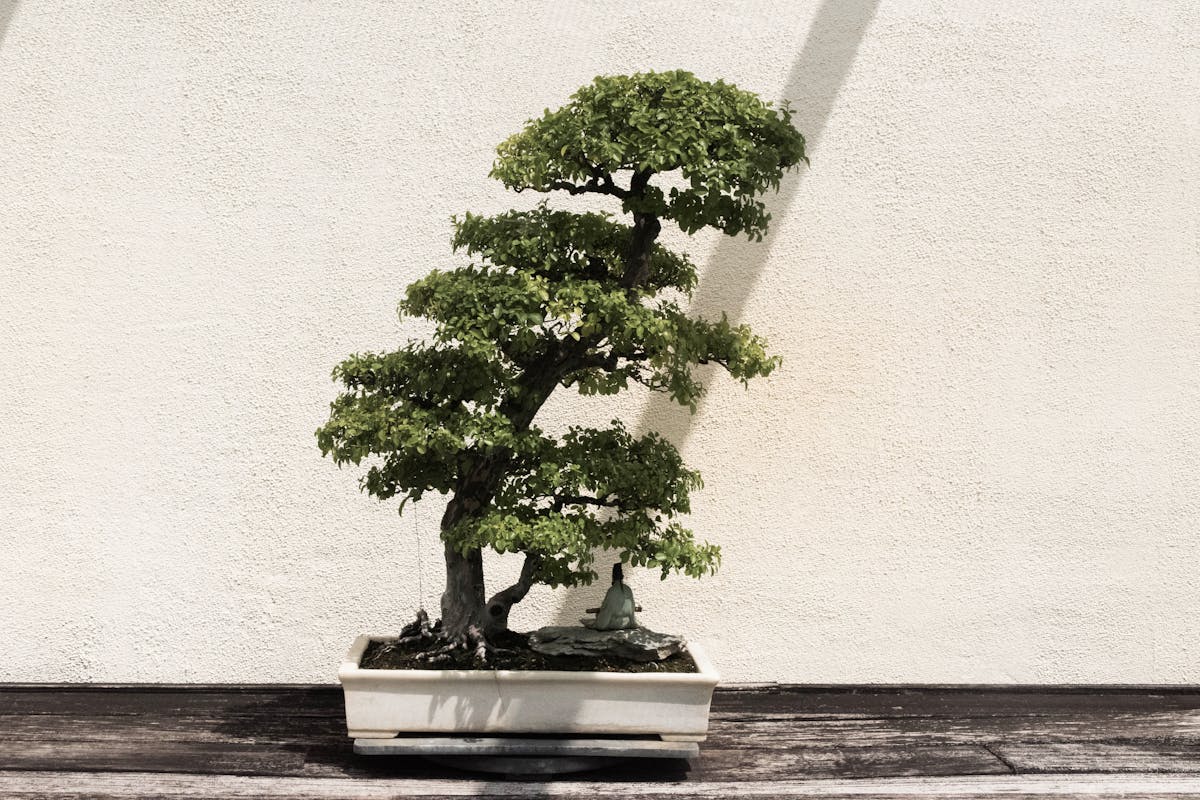
General Bonsai Juniper
General Bonsai Juniper Tree Information
Big box stores like Walmart and Home Depot sell Juniper bonsai trees. They are usually Japanese junipers. They are also known as Green Mound Junipers (Juniperus procumbens nana). Other popular types include Chinese Juniper (Juniperus Chinensis) and Japanese juniper (Juniperus sargentii). They are two species from Central Europe. They also include savin (Juniperus sabina) and common juniper (Juniperus communis). They also include three Native American tribes.
They are California Juniper (Juniperus californica). They are Rocky Mountain Juniper (Juniperus scopulorum). They are Sierra Juniper (Juniperus occidentalis). They all have very similar care instructions. If you need help identifying your tree, see our Bonsai Tree Identification Guide.
New growths or young leaves appear needle-shaped. Later, they look like adult leaves. Heavy pruning, bending, or over watering can also trigger baby growth. It may take years for normal leaves to develop, and they may remove or fall young needles. The color of the leaves can vary from metallic blue-green to dark green, sometimes silver or gold.
Its fruits are round or egg-shaped and filled with round or round seeds. They can grow up to 0.3 to 2 centimeters in size, depending on the species, and usually take a year or two to reach maturity. Mounts are often eaten by birds, which spread the plant’s seeds through bird droppings.
Kool is also ideal for jun and Shari or dead wood. Living roots grow beneath broken or dead branches that die to form wood. Wood dies, then undergoes a cool down, thorough cleaning, and open-air exposure. The trio has green leaves. The colors of red-red or purple-yellow and silver-white. It’s very attractive. See the top 10 for photos of specific juniper berries. Learn about the type of juniper berries.
There are two groups of juniper berries. One has needle-like leaves, and the other also has needle-like leaves.
Two of the most popular bonsai species have large leaves. They are the Chinese Juniper and Japanese Shimpaku. Shimpaku is a Japanese variety of Chinese juniper. One can find it in the mountains of Japan. Both are similar in size. Their leaves range in color from yellow-green to blue-green or silver-green. Another popular fruit for bonsai is Itoigawa Shimpaku. It is popular because it has beautiful, green leaves. Chinese juniper has many varieties. Many are hard to tell from the real thing. But, their care instructions are very similar. Check out this article on Juniper style. Savin is a tree native to Southern Europe, North Africa, and parts of Asia. It has tree-like leaves in shades of green. The leaves can be thin or thick, depending on their origin. Every part of Savin is poisonous. California Juniper is native to California and has blue-grayish leaves. In nature, it grows as a small tree or shrub.
Rocky Mountain Juniper grows in western North America and can grow into a tall tree. The leaves may be uniform in size, rough, and green or blue-green in color. Sierra Juniper is a shrub or tree native to the western United States. It grows at altitudes of 2,500 to 10,000 meters, or 800 to 3,000 feet. The leaves are similar in size, deep brown or dark brown in color, and tend to grow very thick.
There is also a famous type of cucumber with needle-like leaves. Japanese juniper needles are green to dark brown. They have a short white stripe along their length. Green Mound Juniper Bonsai also comes from Japan. It has needle-like leaves, but they are short, thin, and blue-green. They are like some similar leaves. This plant grows as a ground cover shrub if left untreated. Juniper is native to Europe, North America, Asia, and North Africa. The needles are sharp but smaller and softer than Japanese juniper needles. It grows in nature as a column or as a deciduous tree.
